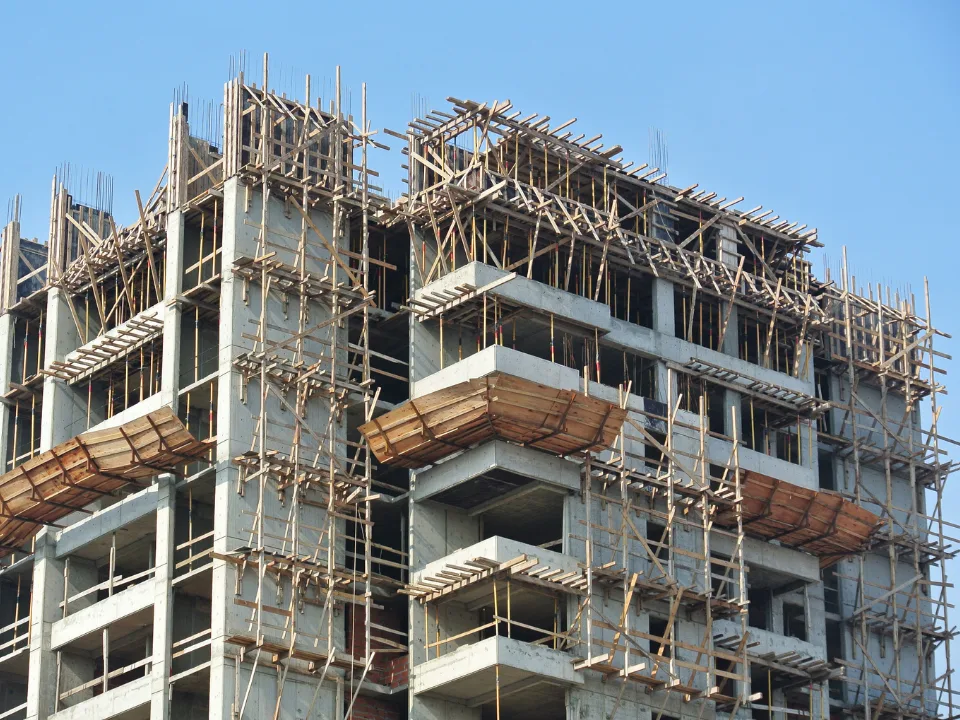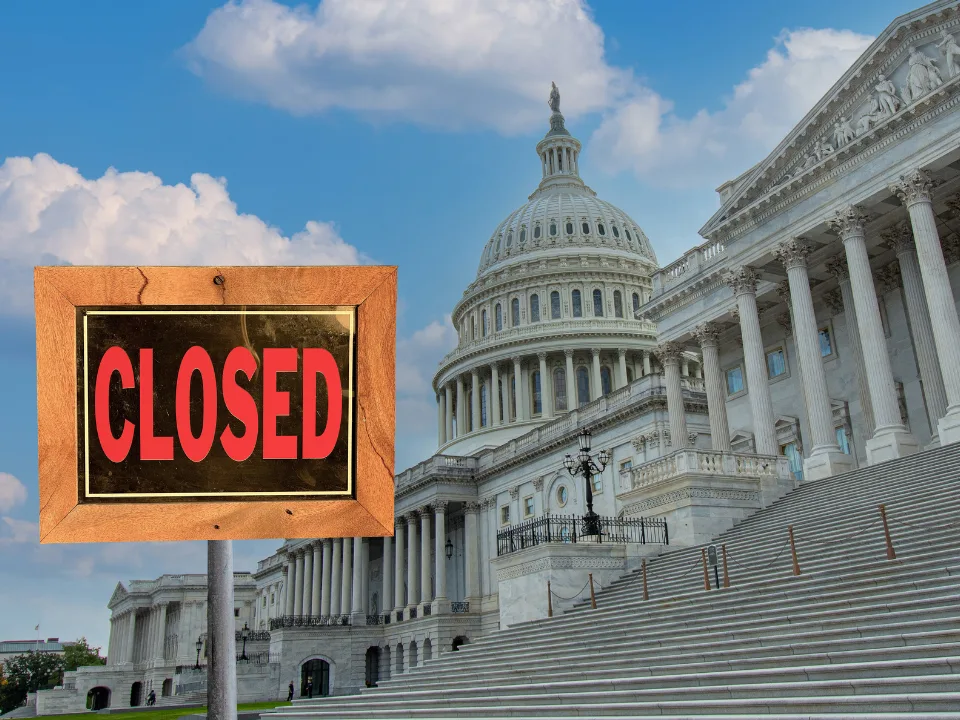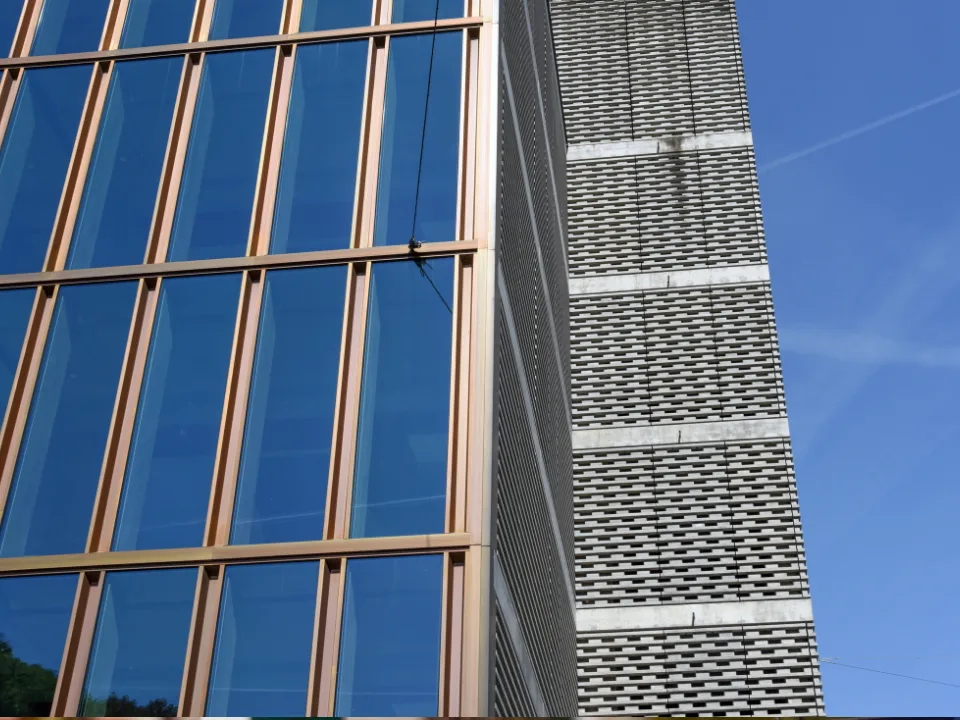- The US remains short 7.1M homes, with no state offering enough affordable rentals for its lowest-income residents.
- Permitting for new multifamily construction in 2025 has slowed, especially in high-growth metros across the Northeast, Great Lakes, and Gulf Coast.
- Over half of growing metros have issued fewer than one multifamily permit per 1,000 residents this year.
- Despite record completions, rising relocation trends are keeping pressure on rental housing supply.
Housing Shortage Deepens in Key Regions
As reported by Chandan Economics, the US continues to face a housing shortfall of 7.1M homes. Every state falls short of providing enough affordable rentals for its lowest-income households, according to the National Low Income Housing Coalition. States on the West Coast, along with Colorado, Texas, and Florida, show the most acute gaps.
Permitting Activity Drops
Multifamily permitting has declined in 2025 as developers grapple with high borrowing costs and stricter regulations. Although single-family rentals have grown in popularity, apartments still make up the majority of rental housing.
In metros with strong population growth between 2020 and 2024, permitting hasn’t kept pace. Cities in the West Coast, Northeast, and Great Lakes regions are especially behind. Many areas in the Midwest and Appalachian region also show lagging construction levels.
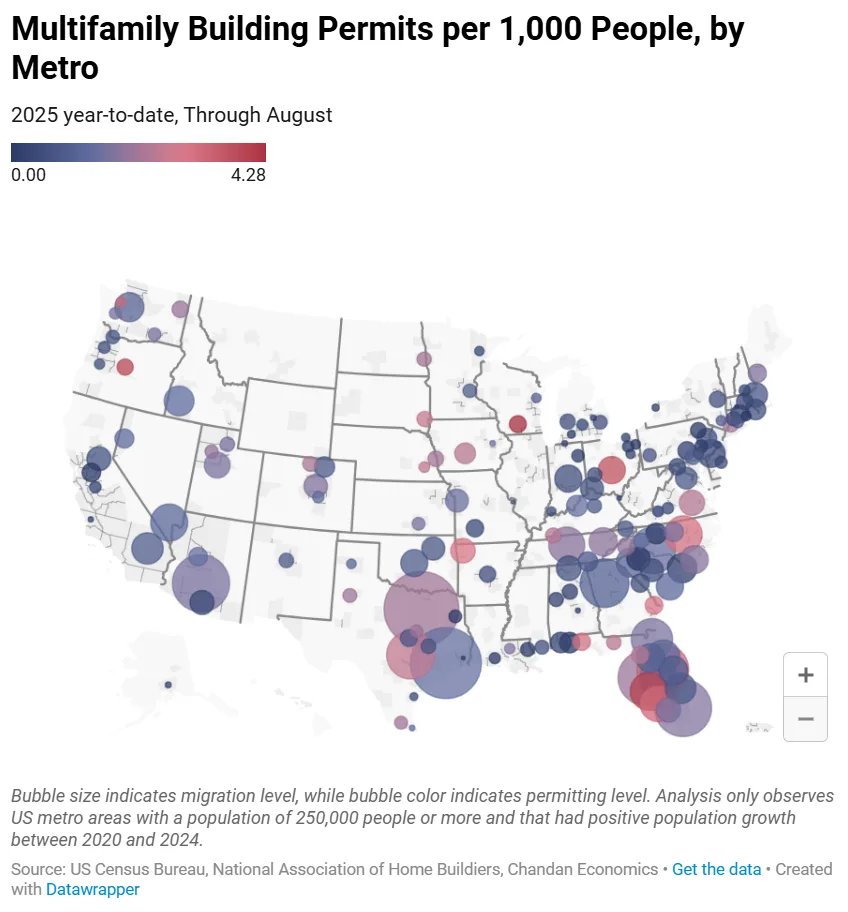
Most Metros Are Underbuilding
Among growing metros, the median number of multifamily permits issued so far in 2025 is 0.91 per 1,000 people. More than 54% of those metros have issued fewer than one permit per 1,000 people. Cities in the Northeast and Great Lakes stand out as the most underbuilt.
The Gulf Coast—especially parts of Alabama, Louisiana, and Texas—also trails demand. In the South, cities like Augusta and Winston-Salem rank among the worst for underbuilding relative to growth.
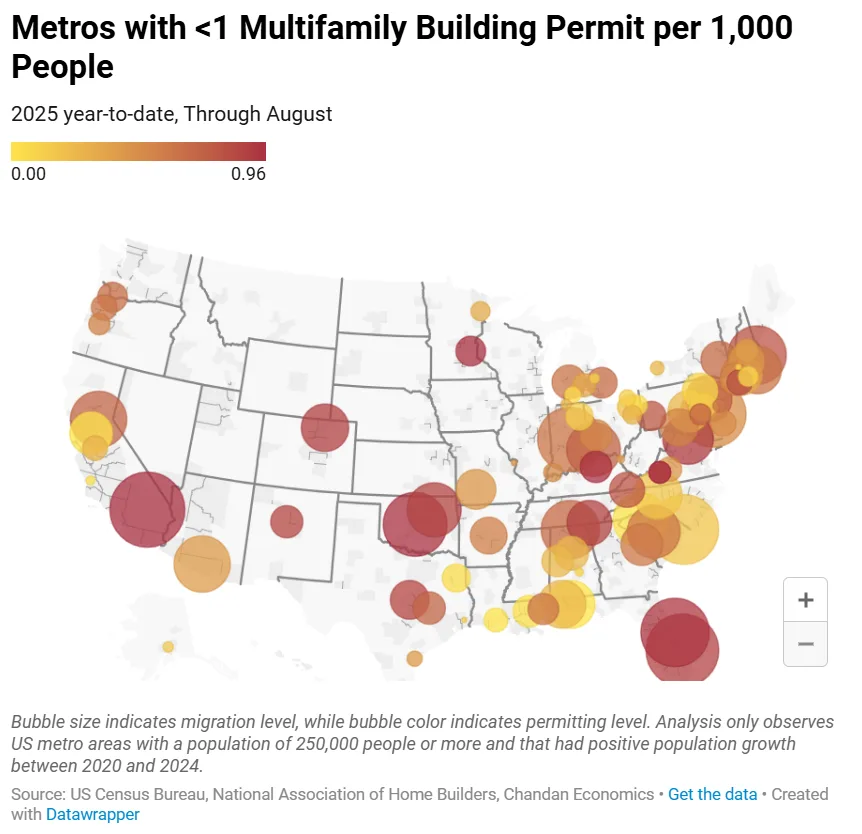
Completions Rise, But Demand Still Outpaces Supply
A wave of post-pandemic completions has eased some vacancy pressures, but structural underbuilding remains a long-term issue. In 2025, multifamily completions are on pace to hit a record. Yet, relocations are rising too—12.3M households moved this year, the highest total since 2019.
Federal tax changes, interest rate shifts, and regulatory reforms may soon help developers reduce costs. That could create a path toward building more—and more affordable—rental units across the country.
Get Smarter about what matters in CRE
Stay ahead of trends in commercial real estate with CRE Daily – the free newsletter delivering everything you need to start your day in just 5-minutes
